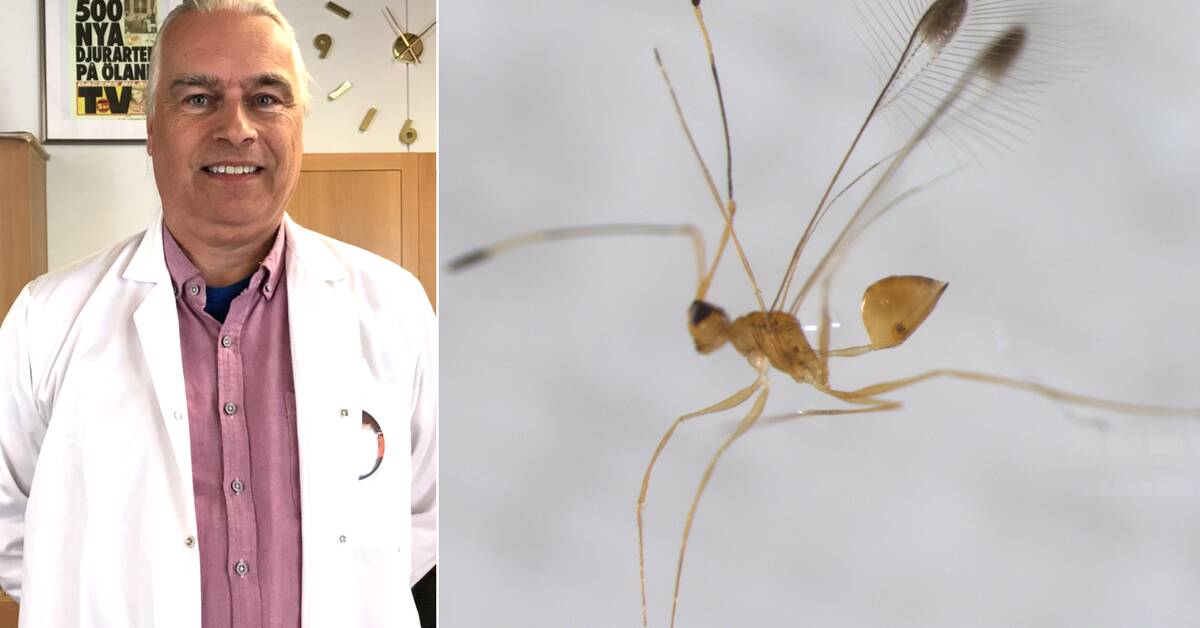At the start of the research, there were almost 24,700 reported insect species in Sweden.
With the help of their research, they have now raised that figure to 27,000 at Station Linné on Öland.
According to statistics, it is also believed to find another 6,000 species that the researchers have not yet found.
- By seeing how many we have now found in different groups, around those we knew before and those who are new, it is possible to polish figures that show the probable end result, says Dave Karlsson, who is a researcher in entomology and station manager at Linnaeus Station.
Hear Dave Karlsson in the clip above explain how a lack of knowledge may have kept the number of insect species down.
Part of a species project
The Swedish Mailaise trap project is one of Station Linnaeus' own research projects included in the Swedish species project.
The purpose of the project is to gain increased knowledge about the Swedish insect fauna, mainly in poorly known groups such as stingrays and dicotyledons.
- Research has shown that we have much worse knowledge of our nature than we could have imagined.
We probably thought we would find a few hundred new species, but not that we would find several thousand, says Dave Karlsson.
Climate change and lack of knowledge
The increase in insect species is also due to climate change and although various new species such as admiral butterfly and maple butterfly are pleasant to witness in Swedish nature, Dave Karlsson sees the increase as a warning signal.
- For me, the increase in insect species is a warning signal that something is happening in nature.
It is important that we keep an eye on our insects.
Species that we do not want to establish up here include tiger mosquitoes and Colorado potato beetles.

